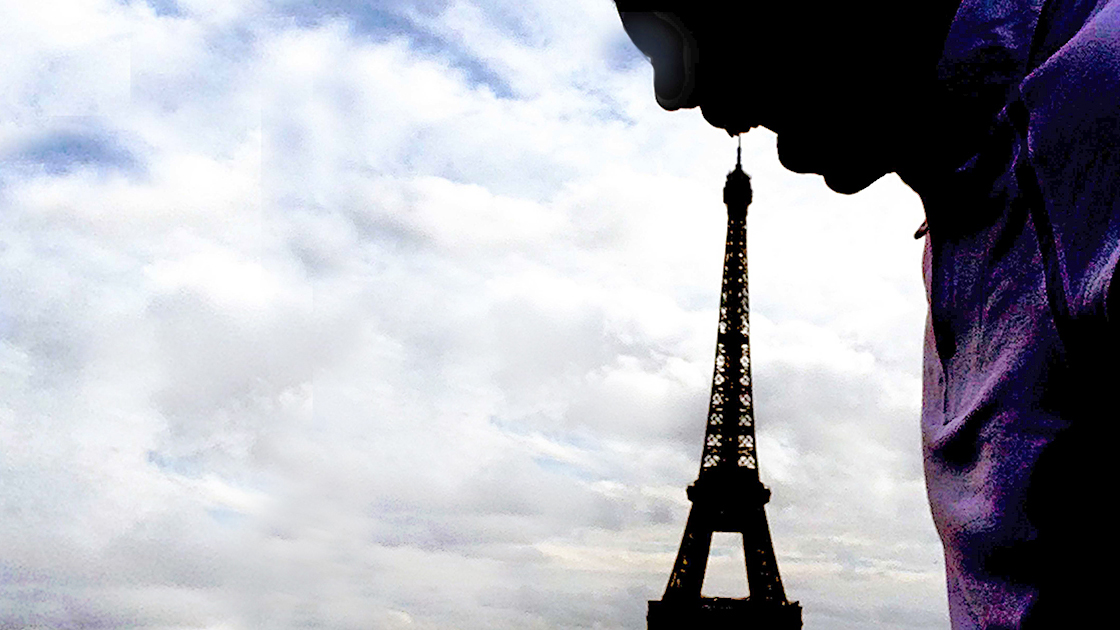 |
| A sketching class subject from my school across, 30+ years ago. |
It was one of the subjects of the charcoal sketching class, a very convenient one I might add. Us, the architecture students, would crowd the balcony of the fourth floor drafting classroom of the South Building of the Mapua campus in Intramuros, which was oriented towards the façade of the day’s “model,” and sketch the hour away.
 |
| Corinthian columns on the entrance of the museum. The museum is currently undergoing a facelift. |
With whisks of the charcoal pencil, the Neoclassical building emerged from the white paper. Our artwork of the Congress Building was going to be rated by our professor.
 |
| The elegant lobby of the neoclassical edifice. |
Believe it or not, I never got the chance to enter this 1918 constructed building—never in the entire five years of college life and after. Not until recently, and I believe it was the perfect time for me to enter its halls…30+ years after.
 |
A long overdue visit to the Old Congress building,
|
 |
| Gracefully designed staircase. |
The Old Congress building today is the home of the National Art Gallery, one of the museums of the Museum of the Philippines (the other three under its wing are the Museum of the Filipino People, Museum of National History and the National Planetarium), home to Juan, Fernando, Botong & their clique, well, their works at least.
 |
| Guillermo TOlentino's Venus bathed in natural light on the upper level of the museum |
I will say that this edifice is a treasure box of Philippine fine art, and opening it reveals one of the greatest works of a Filipino, Juan Luna’s Spoliarium. The large oil on canvas opus (160 x 280 inches) of slain gladiators was Luna’s entry to the 1884 Exposición Nacional de Bellas Artes in Madrid, and won the gold medal.
 |
| The Spoliarium won the gold medal in the 1884 Exposición Nacional de Bellas Artes in Madrid, Spain. |
The Spoliarium, displayed in the Old House of Representatives Session Hall, also known as "The Hall of the Masters,"is a stunning painting (and I admit that standing before this piece gave me the goose bumps because I finally saw a bucket listed art piece that took ages for me to check when it’s in the neighborhood—unforgiveable!) and I took my sweet time admiring it from afar and up close before finally detaching myself and venturing into the inner sanctum.
 |
Dwarfed by Juan Luna’s magnus opus, the Spoliarium, at the National Museum in Manila. Bucket list entry, check.
|
 |
| A guided tour |
 |
| Details of the Spoliarium |
There are more surprises beyond the masterpiece. The hallways of the “originally purposed for a library” building will lead its guests to its salas where more of the collections are displayed, fine art from the 18th century to the present.
 |
| A hall that leads to the salas. |
 |
| Sculptures by GuillermoTolentino, 1973 National Artist for Sculpture. |
 |
| Guillermo Tolentino’s Model for the Commonwealth Triumphal Arc & the detail (below) |
 |
| Portrait of a Matriarch, Guillermo Tolentino. Polychromed plaster of Paris |
I particularly loved the hall that holds the contemporary masters collection where the “unusual subjects” (by unusual, to me at least, I mean the uncharacteristic subject and not the ones I have identified the artist with) of the artists are on exhibit, expansive and exclusive salas showcasing the murals of Botong Francisco and Manansala.
 |
| A room devoted to Carlos “Botong” Francisco’s series of murals depicting the “Progress of Medicine” |
 |
| Inside Manansala’s sala. |
 |
| Towards the graveyard. Ang Kiukok. 1955 oil on canvas |
 |
| Jose Joya. Ethereal Aura. 1977 Acrylic on canvas |
 |
| Superstition. Cesar Legaspi. 1982 Oil on canvas |
 |
Juvenal Sanso's male imagery: Man with a Hoe. Juvenal Sanso. 1950 Oil on lawanit board (above) & Muscle bound. undated-circa 1960. Pen & ink on paper, (below)
|
 |
| Self. Benedicto Cabrera.1965 Acrylic on canvas |
 |
| A tragic Lesson, The Fall of Bataan. Gene Cabrera. 1957 Oil on Canvas |
 |
Introduction of the First Christian Image. Carlos Francisco. 1965 oil on wood
|
Very surprising was the wide collection of Amorsolo’s artworks. Never did I imagine that I would stand in a roomful of this man’s creations.
In this room, sharing the spotlight, is where the other renowned impressionist oil on canvas 1892 painting of Luna is enshrined, the Parisian Life, also known as Interior d'un Cafi.
 |
| Deeper into the art sanctum another masterpiece by Luna is enshrined. The Parisian Life. |
 |
| Fan mode. |
Just like the museums across the globe, the National Art Museum’s presentation is very comprehensive. Soon, the rest of the salas within the building will be open to display more impressive artworks by the Pinoys.
 |
| Fellow Davao “explorers” in the room devoted to Federico Alcuaz’s Personalities series. |
There’s no better address for the obras maestras of our country’s artists and their peers than the Old Congress building. It’s a fitting home, elegant and stately, to display the priceless collection of art for everyone to admire. Make time and visit this museum, it will be worth your while. While you’re at it, the old session hall of the Philippine senate is worth a peek.
 |
| A peek inside where bills of the past where introduced and debated on. |
 |
| Magnificent. The wall & ceiling detail of the old session hall. |
 |
| At the corridor of the session hall |






















































